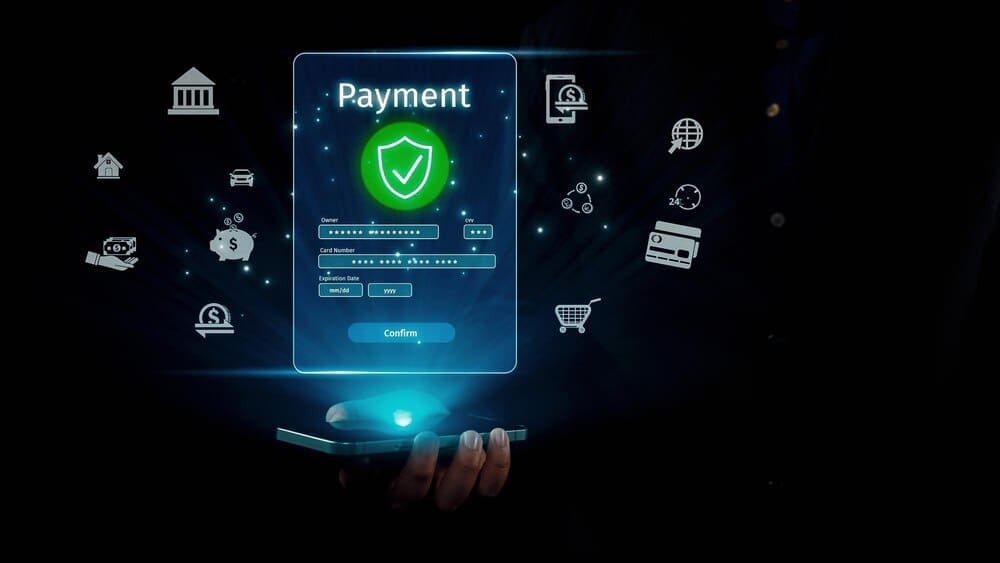The long-neglected world of business-to-business (B2B) payments is undergoing a seismic transformation, driven by a wave of FinTech innovation that is finally dragging corporate finance out of the paper-and-spreadsheet era. For decades, the process of how businesses pay each other has been notoriously slow, expensive, and opaque, relying on paper checks, manual invoices, and clunky bank transfers. Now, a new ecosystem of technology companies is systematically dismantling these legacy systems, introducing automation, data-rich digital platforms, and virtual payment methods that promise to deliver the same speed, security, and convenience that consumers have enjoyed for years. This global revolution is fundamentally reshaping how companies manage cash flow, mitigate risk, and interact with their suppliers, turning the once-mundane accounts payable department into a strategic financial hub.
The Old Guard: Unpacking Traditional B2B Payment Pains
To appreciate the scale of the current revolution, one must first understand the deep-seated problems it aims to solve. For generations, the backbone of B2B commerce has been the paper invoice followed by a paper check, a process that is astonishingly inefficient in a digital age.
This traditional workflow is riddled with manual touchpoints. An invoice arrives, must be physically handled, manually entered into an accounting system, routed for approval, and finally paid via a check that is printed, signed, and mailed. The entire cycle can take 30, 60, or even 90 days.
Each step introduces the potential for human error, from data entry mistakes to lost documents. Furthermore, this reliance on paper makes B2B payments a prime target for fraud. Forged checks and fraudulent invoices are common threats that are difficult to combat with manual oversight alone.
Even more modern methods like ACH (Automated Clearing House) and wire transfers, while digital, come with their own frustrations. Standard ACH transfers can take several business days to settle, and wire transfers, though faster, are often prohibitively expensive for frequent, smaller transactions. Critically, both methods often transmit very little remittance data, creating a reconciliation nightmare for the receiving company’s accounts receivable (AR) team, who must manually match incoming payments to outstanding invoices.
Enter FinTech: The Key Innovations Driving Change
FinTech companies saw these pain points not as intractable problems, but as massive opportunities. By applying modern software, APIs, and new payment technologies, they have begun to systematically address each flaw in the legacy B2B payment chain.
Automation and AP/AR Platforms
The most significant shift has been the rise of dedicated Accounts Payable (AP) and Accounts Receivable (AR) automation platforms. Companies like Bill.com, Tipalti, and Melio have built software that centralizes and automates the entire invoicing and payment workflow.
These platforms use technologies like optical character recognition (OCR) to automatically scan and digitize paper or PDF invoices, extracting key data like vendor name, invoice number, and amount due. This eliminates manual data entry and its associated errors.
Once in the system, invoices are routed digitally through pre-set approval workflows. Managers can approve payments from their email or a mobile app, creating a clear and auditable trail. When a payment is approved, the platform can execute the transaction using a variety of methods—from ACH to virtual cards—chosen by the payer or payee for optimal cost and speed.
Crucially, these platforms integrate directly with a company’s core accounting software, such as QuickBooks, Xero, or NetSuite. This seamless connection ensures that all financial data is synchronized in real-time, providing an accurate, up-to-the-minute view of the company’s cash position.
Virtual Cards and Enhanced Payment Rails
Another game-changing innovation is the widespread adoption of virtual cards for B2B transactions. A virtual card is a unique, randomly generated 16-digit card number created for a specific transaction, vendor, or purchase amount. It functions like a credit card but without the physical plastic.
The benefits are immense, particularly for security. Since each number is unique and can be locked to a specific merchant and amount, the risk of fraud from data breaches or card skimming is dramatically reduced. If the number is compromised, it cannot be used for any other purchases.
Virtual cards also revolutionize reconciliation. Each transaction carries rich data that can be customized to include invoice numbers, project codes, or other internal identifiers. When the payment is processed, this data flows directly back into the accounting system, automating the tedious process of matching payments to expenses.
Beyond virtual cards, FinTechs are leveraging new payment rails like The Clearing House’s Real-Time Payments (RTP) network. These networks enable B2B payments to be sent and received within seconds, 24/7/365, transforming cash flow management for businesses that can’t afford to wait days for funds to clear.
Cross-Border Payments Reimagined
International B2B payments have historically been a landscape of high fees, poor exchange rates, and frustrating delays. The traditional SWIFT system relies on a network of correspondent banks, each of which can add its own fees and delays to the transaction.
FinTechs like Wise, Airwallex, and Payoneer have disrupted this model by building their own global payment networks. They achieve this by holding funds in local bank accounts in dozens of countries. When a business in the U.S. wants to pay a supplier in the U.K., the platform receives the dollars in its U.S. account and pays out the equivalent pounds from its U.K. account, bypassing the slow and costly correspondent banking system entirely.
This approach results in significantly faster settlement times—often within the same day—and far more transparent, lower-cost currency conversion. For the growing number of businesses operating in a global marketplace, this is not just a convenience; it’s a powerful competitive advantage.
The Power of Data and APIs
Underpinning this entire revolution is the power of Application Programming Interfaces, or APIs. APIs are the digital glue that allows different software systems to communicate with each other seamlessly.
In the context of B2B payments, APIs enable FinTech platforms to connect with a company’s Enterprise Resource Planning (ERP) system, its accounting software, its bank accounts, and its procurement tools. This creates a single, unified financial operating system.
The result is unprecedented data visibility. A CFO can now log into a single dashboard and see real-time cash flow, outstanding payables, and incoming receivables. This data-driven approach allows for more accurate financial forecasting, better working capital management, and more strategic decision-making.
The Tangible Benefits for Businesses
This technological overhaul is delivering clear, measurable benefits to businesses of all sizes, from small startups to multinational corporations.
Improved Efficiency and Cost Savings
The most immediate impact is a dramatic reduction in manual labor. By automating tasks like data entry, invoice approval, and payment reconciliation, finance teams are freed from hours of tedious administrative work. This allows them to focus on more strategic activities like financial analysis and planning.
The cost savings are also substantial. Businesses save money on postage, check-printing supplies, and bank fees for wires. Furthermore, by optimizing payment timing and taking advantage of early payment discounts offered by suppliers, companies can further improve their bottom line.
Enhanced Security and Fraud Prevention
Digital payment platforms offer layers of security that are impossible to replicate in a paper-based system. Features like digital approval workflows, user-based permissions, and the use of virtual cards create a highly controlled and auditable payment environment, significantly reducing the risk of both internal and external fraud.
Greater Financial Visibility and Control
Perhaps the most strategic benefit is the move from reactive to proactive financial management. With real-time data at their fingertips, finance leaders can make more informed decisions about when to pay suppliers, how to manage cash reserves, and where to invest for growth. This visibility strengthens supplier relationships, as payments become more reliable and transparent, and provides a powerful tool for navigating economic uncertainty.
Navigating the Challenges and the Road Ahead
Despite the clear advantages, the transition is not without its hurdles. The biggest challenge is often inertia. Many businesses, particularly suppliers, are accustomed to receiving checks and may be resistant to adopting new electronic payment methods. Overcoming this requires education and demonstrating the mutual benefits of faster, more secure payments.
Integration can also be complex for larger enterprises with deeply embedded legacy ERP systems. However, the increasing sophistication of FinTech APIs is making this process smoother than ever before.
Looking forward, the pace of innovation shows no signs of slowing. Artificial intelligence and machine learning are being integrated to provide even smarter cash flow predictions and more sophisticated fraud detection. The potential of blockchain and distributed ledger technology (DLT) to enable instant, secure, and fully transparent B2B transactions on a global scale remains a tantalizing prospect for the future.
The FinTech revolution in B2B payments is far more than a simple technological upgrade. It represents a fundamental shift in how businesses manage their most critical resource: money. By replacing archaic, manual processes with intelligent, automated, and data-driven solutions, FinTechs are unlocking unprecedented levels of efficiency, security, and strategic insight, finally giving business finance the modern tools it needs to thrive in a digital-first world.








